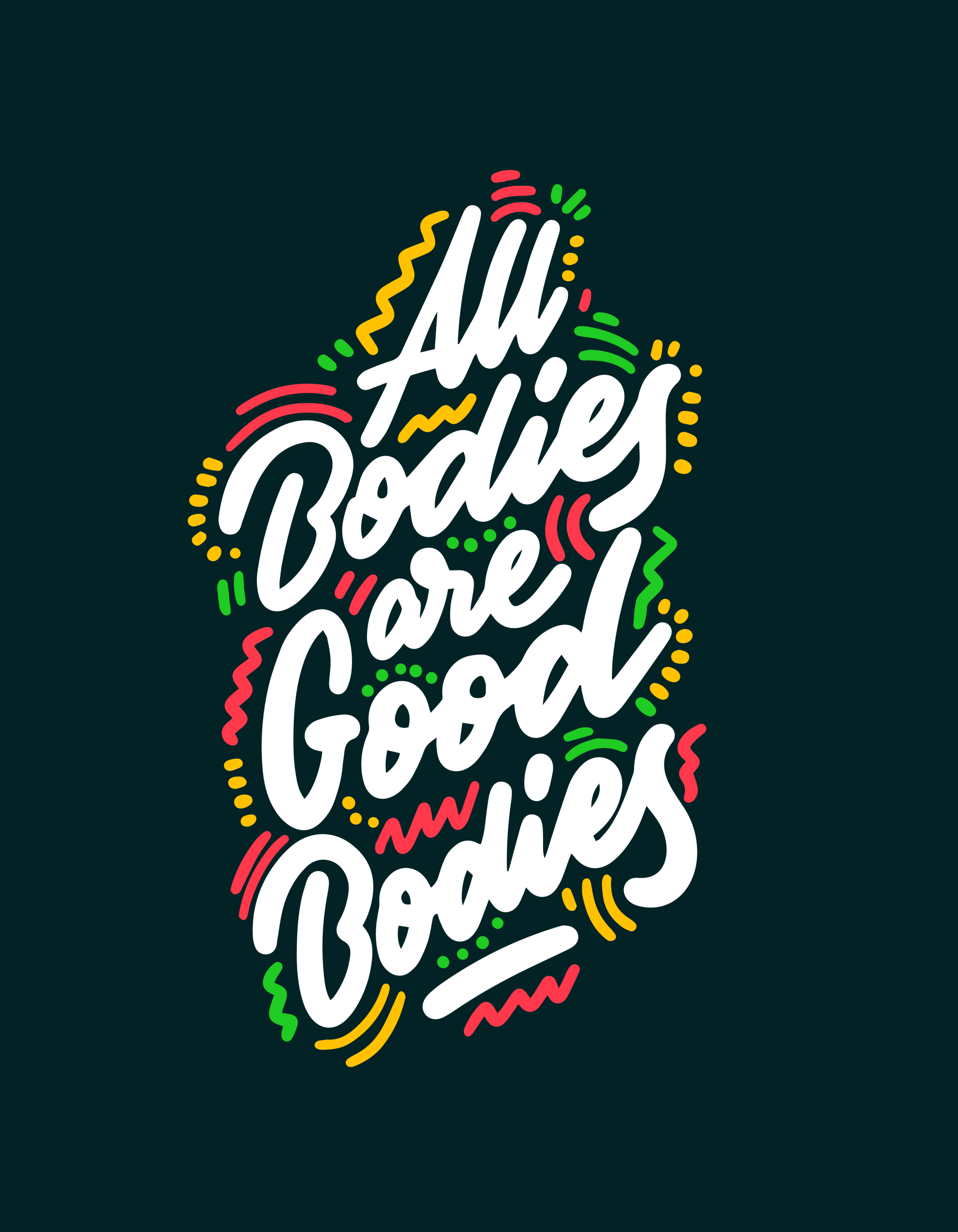How to Quit a Bad Habit
The new year often brings about resolutions of one kind or another. The changing of the calendar year gives us an opportunity to look back on the past year of our lives and think about changes we want to make going forward. In this reflection, we can examine things that no longer serve us and decide to cut them loose and start fresh in the new year. Many people start January right on track, quitting smoking, dieting, eliminating alcohol or sugar, or other vices. Unfortunately, relatively few people stick with these commitments by the time the next new year rolls around. Through no fault of their own, many people don’t realize that often sheer willpower is not enough to successfully quit something and stick with it. Here, we’ll examine what behavioural science says about the most effective and enduring ways to make those quitting resolutions stick.
There is any number of things people want to quit: from something as benign as biting your nails or spending too much time on the internet to life-saving decisions to abstain from things like drugs or alcohol. If you can get addicted to it or even just do too much of it, there is someone out there who wants to quit it. Bad habits can hold us back financially, emotionally, physically, and motivationally. Much of the time, we don’t even want to partake in bad habits but do so somewhat automatically.
The precise approach to successful cessation will depend largely on what you are trying to quit and what you, as an individual, find to be reinforcing and rewarding. Some amount of personal will power and commitment to stop comes into play as well. Despite all the individualized variables, behavioural scientists and psychologists agree on a few broad principles that can help you to end unwanted behaviours.
Share your intentions/goals with others
Studies show that sharing the intention to quit something with friends and family can be a powerful motivator. It can help you to feel both accountable to your plan and supported when you make the right decisions.
Team up to find support
Find someone else who is looking to quit something and join forces! Check-in with each other and share your strategies/progress/successes and failures. Even a simple text every few days can help keep you accountable, and it can make the process more fun and rewarding to do it with a friend. Some apps can help gamify the endeavour and turn it into a little bit of a friendly competition as well.
Change the way you talk about the habit
Researchers find that the language we choose to use to describe our choices can serve as a feedback mechanism that either enhances or impedes our goal-directed behaviours. Specifically, one study found that when people used the phrase “I don’t” instead of “I can’t” in reference to things like drinking alcohol and eating chocolate cake that they were more empowered in their choices and capable of making the desired decision to abstain. They also did so for more extended periods than those in the “I can’t” condition. (Hagtvedt, 2011)
Set yourself up for success
Prepare your environment to help you resist temptation. Set screentime limits on your phone or tablet or make sure to rid your house of whatever it is you’re trying to quit. Make a detailed game plan on how you’re going to tackle this habit and have faith in yourself that you can do it!
Identify and avoid the usual triggers/temptations
Maybe there is a particular time or place or situation where you find yourself especially likely to engage in your undesirable habit. Try to identify these moments and have a game plan in place. If at all possible, avoid them until you’ve quit your habit for a bit of time. It’s a lot harder to avoid a drink at your favourite bar or a cocktail party than it is on a hike or at the ballet.
Substitute the bad behaviour for a good one
Try taking up a new hobby like knitting or drawing to keep your mind off of excessive screen time or make some tasty mocktails with juice to help with avoiding alcohol. Try chewing gum or sipping tea when the craving for cigarette hits. Maybe you bite your nails during movies, so try to bring along a healthy snack you can eat when you get the urge.
Visualize yourself succeeding and plan a reward
Imagine what your life will be like once you’ve kicked this unwanted habit. Maybe you’ll have more money, time, or health to look forward to. Plan a reward to set your sights on, like a new item of clothing or a special treat or experience when you hit significant milestones of quitting. Remind yourself how far you’ve come by downloading an app that tracks how long it’s been since you’ve stopped.
These tips, matched with strong willpower and commitment to follow through, will go a long way to helping you kick your habit. Remember that you’re only human, though, and slip-ups might happen. If they do, don’t beat yourself up and give in, just get back on track. Try to analyze what went wrong and do what you can to keep it from happening again in the future. Ultimately, you are aiming for progress, not perfection. Your bad habit wasn’t built overnight, and it will undoubtedly take some time for you to completely eliminate it, perhaps with some stumbles and pitfalls along the way. The important thing is that you are taking steps (no matter how tiny!) towards a happier, healthier you in the new year, and that is a reason to be proud. Happy New Year!
REFERENCES AND FURTHER READING
Creatures Of Habit: How Habits Shape Who We Are — And Who We Become. (n.d.). NPR.Org. from https://www.npr.org/2019/12/11/787160734/creatures-of-habit-how-habits-shape-who-we-are-and-who-we-become
Gollwitzer, P. (1999). Implementation Intentions: Strong Effects of Simple Plans. American Psychologist, 54, 493–503. https://doi.org/10.1037/0003-066X.54.7.493
How to Quit a Bad Habit by Answering Four Power Questions. (2007, November 20). Lifehack. https://www.lifehack.org/articles/featured/how-to-quit-a-bad-habit.html
Making Your New Year’s Resolution Stick., from https://www.apa.org/helpcenter/resolution
Patrick, V. M., & Hagtvedt, H. (2012). “I Don’t” versus “I Can’t”: When Empowered Refusal Motivates Goal-Directed Behavior. Journal of Consumer Research, 39(2), 371–381. JSTOR. https://doi.org/10.1086/663212
The Secret Behind Successful Behavior Change Using the ACT2 Method | SBM. (n.d.). Society of Behavioral Medicine. from https://www.sbm.org/healthy-living/the-secret-behind-successful-behavior-change?gclid=CjwKCAiAx_DwBRAfEiwA3vwZYrqoTWUA_JTHaFl5vI92TIyfs1ZbhuYAPAXYq_0lytESoe1JXMojvhoC_34QAvD_BwE

















